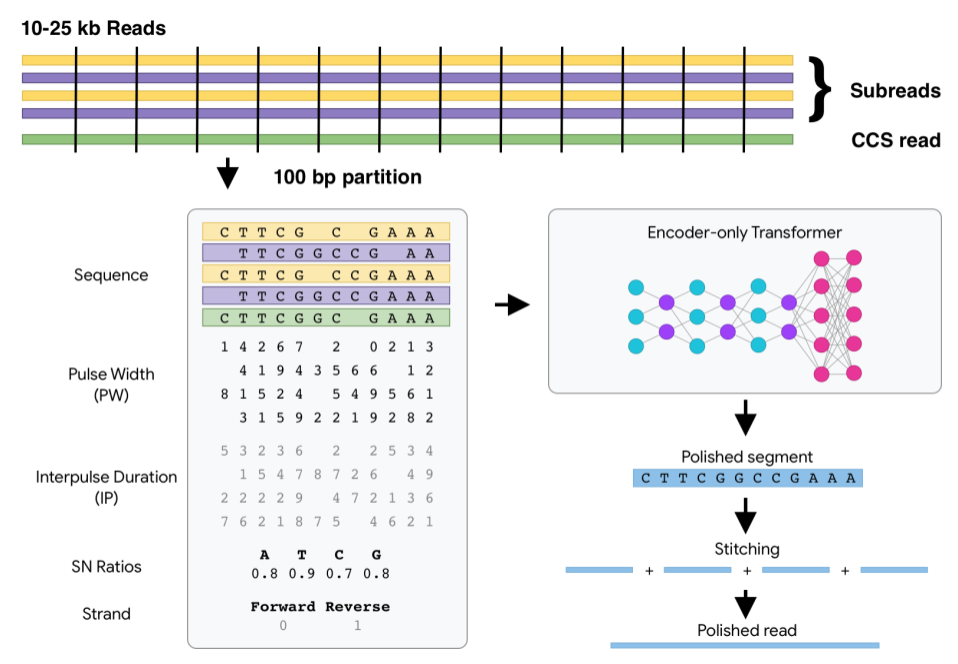AlignShift
NEW: Code for our new MICCAI'21 paper "Asymmetric 3D Context Fusion for Universal Lesion Detection" will also be pushed to this repository soon.
AlignShift: Bridging the Gap of Imaging Thickness in 3D Anisotropic Volumes (MICCAI'20, early accepted)
Key contributions
- AlignShift aims at a plug-and-play replacement of standard 3D convolution for 3D medical images, which enables 2D-to-3D pretraining as ACS Convolutions. It converts theoretically any 2D pretrained network into thickness-aware 3D network.
- AlignShift bridges the performance gap between thin- and thick-slice volumes by a unified framework. Remarkably, the AlignShift-converted networks behave like 3D for the thin-slice, nevertheless degenerate to 2D for the thick-slice adaptively.
- Without whistles and bells, we outperform previous state of the art by considerable margins on large-scale DeepLesion benchmark for universal lesion detection.
Code structure
alignshiftthe core implementation of AlignShift convolution and TSM convolution, including the operators, models, and 2D-to-3D/AlignShift/TSM model converters.operators: include AlignShiftConv, TSMConv.converters.py: include converters which convert 2D models to 3dConv/AlignShiftConv/TSMConv counterparts.models: Native AlignShift/TSM models.
deeplesionthe experiment code is base on mmdetection ,this directory consists of compounents used in mmdetection.mmdet
Installation
- git clone this repository
- pip install -e .
Convert a 2D model into 3D with a single line of code
from converter import Converter
import torchvision
from alignshift import AlignShiftConv
# m is a standard pytorch model
m = torchvision.models.resnet18(True)
alignshift_conv_cfg = dict(conv_type=AlignShiftConv,
n_fold=8,
alignshift=True,
inplace=True,
ref_spacing=0.2,
shift_padding_zero=True)
m = Converter(m,
alignshift_conv_cfg,
additional_forward_fts=['thickness'],
skip_first_conv=True,
first_conv_input_channles=1)
# after converted, m is using AlignShiftConv and capable of processing 3D volumes
x = torch.rand(batch_size, in_channels, D, H, W)
thickness = torch.rand(batch_size, 1)
out = m(x, thickness)
Usage of AlignShiftConv/TSMConv operators
from alignshift.operators import AlignShiftConv, TSMConv
x = torch.rand(batch_size, 3, D, H, W)
thickness = torch.rand(batch_size, 1)
# AlignShiftConv to process 3D volumnes
conv = AlignShiftConv(in_channels=3, out_channels=10, kernel_size=3, padding=1, n_fold=8, alignshift=True, ref_thickness=2.0)
out = conv(x, thickness)
# TSMConv to process 3D volumnes
conv = TSMConv(in_channels=3, out_channels=10, kernel_size=3, padding=1, n_fold=8, tsm=True)
out = conv(x)
Usage of native AlignShiftConv/TSMConv models
from alignshift.models import DenseNetCustomTrunc3dAlign, DenseNetCustomTrunc3dTSM
net = DenseNetCustomTrunc3dAlign(num_classes=3)
B, C_in, D, H, W = (1, 3, 7, 256, 256)
input_3d = torch.rand(B, C_in, D, H, W)
thickness = torch.rand(batch_size, 1)
output_3d = net(input_3d, thickness)
How to run the experiments
-
Dataset
- Download Deeplesion dataset
- Before training, mask should be generated from bounding box and recists. mask generation
-
Preparing mmdetection script
-
Specify input ct slices in ./deeplesion/mconfigs/densenet_align.py through modifing NUM_SLICES in dict dataset_transform
-
Specify data root in ./deeplesion/ENVIRON.py
-
-
Model weights
Our trained weights published on:
- BaiDuYun:链接: https://pan.baidu.com/s/1NsCkvjZdAgi9navg3_ry3g 提取码: h2wc
- Google Drive: https://drive.google.com/drive/folders/1_ApYs5vb_VzkdqK02lb861Psj-GSdznV?usp=sharing
-
Training
./deeplesion/train_dist.sh ${mmdetection script} ${dist training GPUS}
- Train AlignShiftConv models
./deeplesion/train_dist.sh ./deeplesion/mconfig/densenet_align.py 2
- Train TSMConv models
./deeplesion/train_dist.sh ./deeplesion/mconfig/densenet_tsm.py 2
-
Evaluation
./deeplesion/eval.sh ${mmdetection script} ${checkpoint path}
./deeplesion/eval.sh ./deeplesion/mconfig/densenet_align.py ./deeplesion/model_weights/alignshift_7slice.pth






